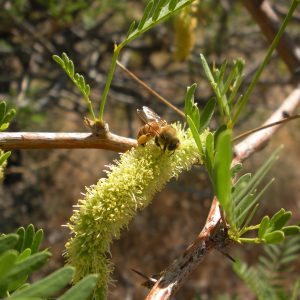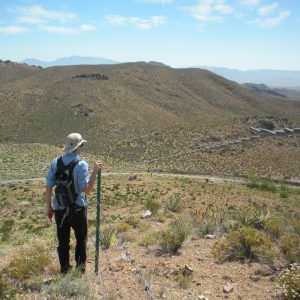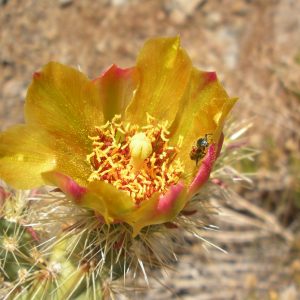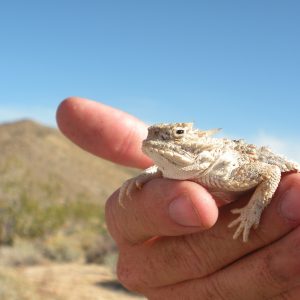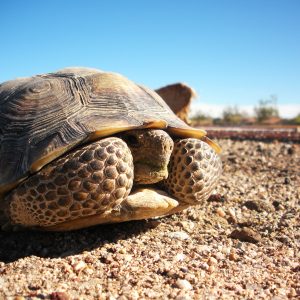The right seed, in the right place, at the right time. This straight-forward goal was synthesized by the Colorado Plateau Native Plant Program, at a conference in Monticello, Utah. It assimilated a broad range of presentations, including the latest research on local plant genetics intertwined with climate variability, new conservation technology, and agronomic requirements for successful seed production. This simplistic goal resulted from a conversation of the various stakeholders involved with collection and production of native plants for habitat restoration. Often, the center stage of this conversation was Vernal, UT.
I have been an intern with the Bureau of Land Management in Vernal now for several weeks. During that time, I was able to attend the conference in Monticello and see where Vernal lies in the big picture of native plant restoration. When I first arrived in my new habitat, the local flora was covered with two feet of snow after what had been an unusual winter. However, I have learned it is a botanically interesting region due to roughly fifty endemic species associated with local geology, especially the oil-shale. The energy sector also finds this area very interesting. Consequently, there are abundant future reclamation needs. The anticipated demand for native seeds played a key role in Vernal’s place at the conference.
While the snow melted, I compiled data to answer the question of “what seed?” I have become acquainted with the local flora of the herbarium and their locations on a map. However, I got my first taste of the field today, checking on seedlings of a milkvetch species that is endemic to a particular bend of the Green River. The tiny seedlings were exciting to find and identify, being that they are so unique to that location. The landscape was enamoring, and I look forward to a season of discovering its hidden gems.

A view of the Uinta Mountains

Endemic Astragalus species

Budsage… enamoring landscape in the background












